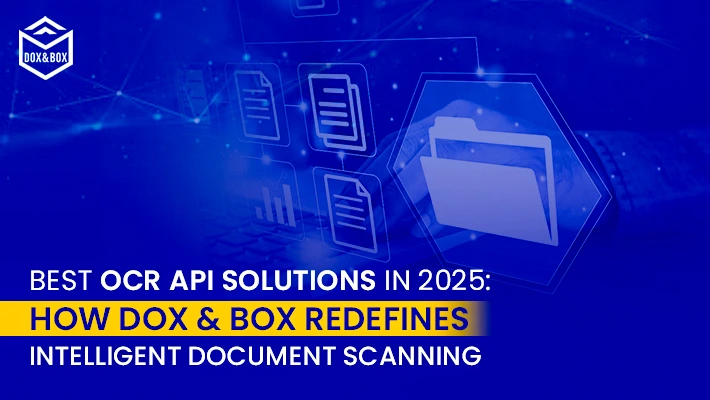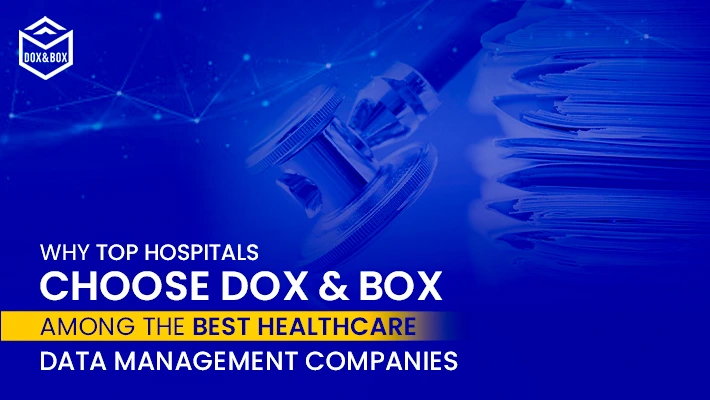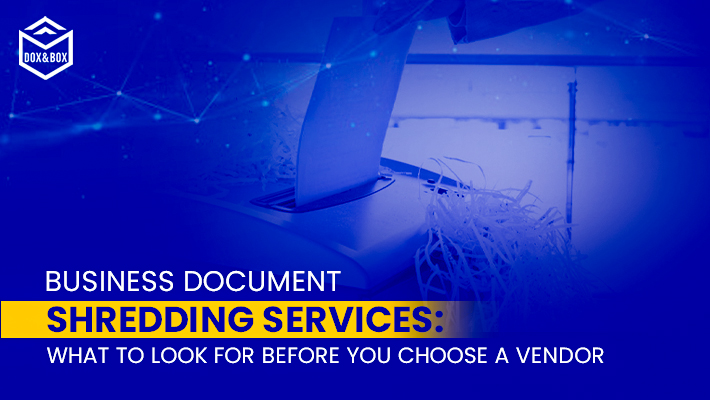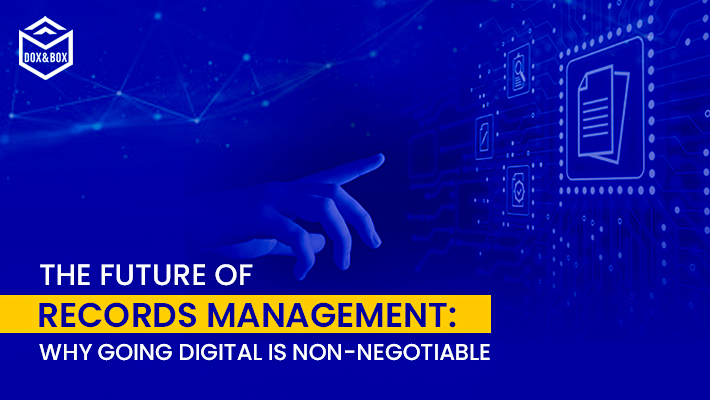Nov 28, 2025
Remember the time when you had to fill the dots to mark the answers for Olympiads to multiple-choice questions? These sheets were then checked and marked using an Optical Character Recognition (OCR) system. An OCR API will help you in scanning documents and reading street signs.
So, let’s take a quick tour of what our OCR is all about.
What is an OCR API?
An OCR is a technology that transcribes texts from scanned, handwritten, typed, or multi-page PDF documents into machine-readable text or JSON format. It is devised to read texts from images, however, nothing is perfect and this technology is no exception but with the advent of deep learning, it has become possible to get more and more generalized solutions to this problem.
How does it work?
The basic working of OCR API starts by the scanning and analyzing of document images and breaks them down into blocks or text lines which are further subdivided into words and further into characters.
Once we have single characters, OCR Tool analyzes them against a set of pattern images, and further, the program formulates a series of hypotheses to find out the nature of the symbol present. Once the program appropriately identifies the scanned symbol, it then displays the interpreted text.
What are the applications of OCR API?
Since this technology brings a better user experience, there are a lot of real-world applications of it including,
1. Banking
The operations team spends a lot of time manually extracting data from bank statements which is prone to a lot of manual errors and the same can be done with the help of an OCR API in reduced time and with less to no errors. With each passing day, manual and repetitive tasks are being replaced by a digital version of themselves.
The banking industry along with the financial sector is actively using OCR API to archive client-related paperwork. It has brought a better user experience as it has significantly reduced the client onboarding time. It has become so much easier to verify a cheque or sign a document and all of this can be verified in seconds with the help of OCR.
Banks use OCR to extract information from checkbooks, cheques and also account numbers, and other details which have reduced the check clearance time. This has significantly reduced the turnaround time, increased security, eased data management, and improvised the overall customer experience.
2. Healthcare
OCR API can help transcribe the patients’ complete medical records including past illness, medication, tests, and insurance reimbursements. All the medical data stored digitally can be really helpful to epidemiology. This helps cut down the time spent on doing the same task manually and aids in unified accessibility of data for both the patient and the logistics sector which keeps a note of all the equipment and drugs. Not to mention that digital records of many hospitals summed can prove to be a very significant database and provide information related to supplies, legislation, and policies.
3. Legal
By applying simple OCR procedures all the legal affidavits, documents, filings, wills, judgments, and other legal documents digitally storage with ease of access. Also with OCR technologies not only fixed to the native languages, documents in other languages like Chinese, Arabic, etc, are coming into the light. The legal industry is based on millions of past precedents and OCR makes it effortless to obtain that information in seconds with a few clicks.
4. Logistics
OCR helps collect data from invoices, bills of lading, delivery receipts, and purchasing orders in real-time for both the retail and the logistics sector in a structured manner in a matter of seconds. It ensures automation in data entry and improves the process flow and helps reduce back-office costs by almost 50%.
5. Traveling
If you haven’t noticed yet, OCR technologies have made your travel so much easier and comfortable. From booking to check-in, all the applications used in this process use OCR in some or another way and make our lives easier. The majority of airports use it for security purposes and also for storing data. This technology has helped from the scanning of our passports to booking flights.
Limitations of OCR API
1. Incompetent with working on custom data
To be able to get good results we must be able to train the model into working the way we want, however, OCR API has set algorithms according to which it works and current OCR’s are only capable of reading horizontal text so they are useless when the text is in any other format than horizontal text.
2. Results only in specific constraints
Current OCI APR methods only yield satisfactory results only when scanned documents have digital text. When there is handwritten text, multiple languages in the scanned document, low-resolution images, etc, OCR API is incapable of accurate results.
3. A considerable amount of post-processing is required
OCR currently extracts text from images; however, for any organization to use this text it requires the development of another layer of OCR software to extract dates, company’s name, product details, and other information. To get meaningful results out of OCR, one needs to develop a team of in-house developers who can build software for the structured data based on the existing OCR APIs.
4. Blurry images
Noisy or blurry images can often generate wrong results and OCR available these days are incapable of giving accurate results in these cases. The only way to get accurate results in such cases is either to use an image de-noising tool or implement Deep Learning techniques.
5. Titled text in documents
OCR tools available right now are not capable of adjusting with the direction of the text. Because of this, it is unable to pick up texts or images that are tilted. In such cases, the text appears tilted and is not accepted for the realm of automation.
6. Multi-language text
Most OCRs available as of now are working efficiently in the English language, however, are found to be incompetent for other languages. The inefficiency is due to incomplete training data or syntactical rules. So these are not reliable when working with multiple languages such as in government forms and if such documents are analyzed it will lead to inaccurate results.
Top OCR API’s in 2021
Some of the best OCR APIs of time is,
● Google document AI
It is built with decades of AI innovations at Google and is a powerful tool that provides a unified platform for all your document processing and required tools. It can automatically extract, identify, classify, and enrich data within your documents to unlock insights and new perspectives.
Easy data extractions are possible as it does not require any extra training or data mapping. It makes data easy to interpret by converting unstructured data into structured and unlocks quantifiable business values to enrich customer experience.
● Amazon Textract
It is a machine learning service that is capable of extracting information automatically and can extract and understand data from forms and tables. It is a deep learning service-based device that is capable of converting documents into an editable format. It can also identify handwritten texts which makes extraction so much easier as many OCRs are incapable of reading handwritten texts.
● Azure Microsoft API
Azure provides multiple solutions and delivers unparalleled developer productivity with multilayered security. It ensures to provide core competencies of an OCR API through business analytics, insights, security, and protection.
● Rossum AI
This software understands complex structured documents and enables companies to extract data from financial documents with accuracy and ease. It automates business communication between different businesses and enables them to skip the paperwork. Its cloud-based software requires minimum effort in the setup and after this, it can successfully convert not just structured documents but also unstructured ones.
● Docsumo
It involves the smart conversion of unstructured documents to actionable information. It provides intelligent automation of data like stubs, bills, and invoices into structured data. With these, it can reduce the turnaround time and guarantee better customer service. It converts documents into business decisions in real-time.
● Infinity Dox and Box
This software is designed to make all of your document processing work easier and helps transcribe all sorts of documents with a 50% increase in your work efficiency and a huge decrease in your processing costs. Some of the salient features of Infinity are:
• Auto Image Reader
• Auto Classification
• Logo Detection
• API Integration
• Validation Rule
Quick Wrap Up
The convenience of OCR API lets the workers focus more on the company’s core tasks and reduces the time spent on unnecessary manual labor. OCR API facilities can fail sometimes due to their shortcomings; however, most of them have been tackled with the advent of Deep Learning. Besides all of it, it is still reliable and beneficial.







